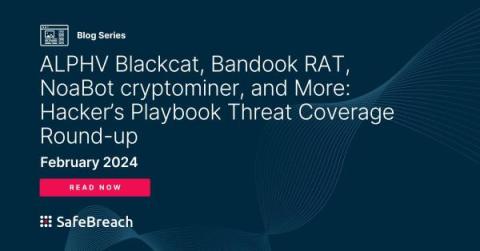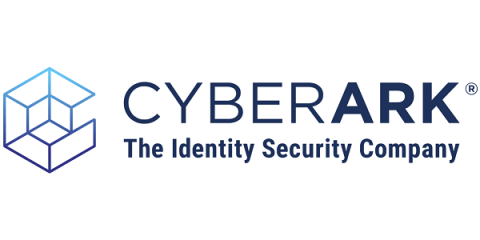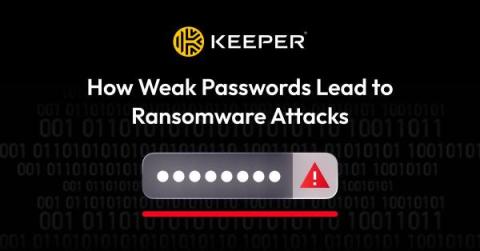AI governance and preserving privacy
AT&T Cybersecurity featured a dynamic cyber mashup panel with Akamai, Palo Alto Networks, SentinelOne, and the Cloud Security Alliance. We discussed some provocative topics around Artificial Intelligence (AI) and Machine Learning (ML) including responsible AI and securing AI. There were some good examples of best practices shared in an emerging AI world like implementing Zero Trust architecture and anonymization of sensitive data. Many thanks to our panelists for sharing their insights.










